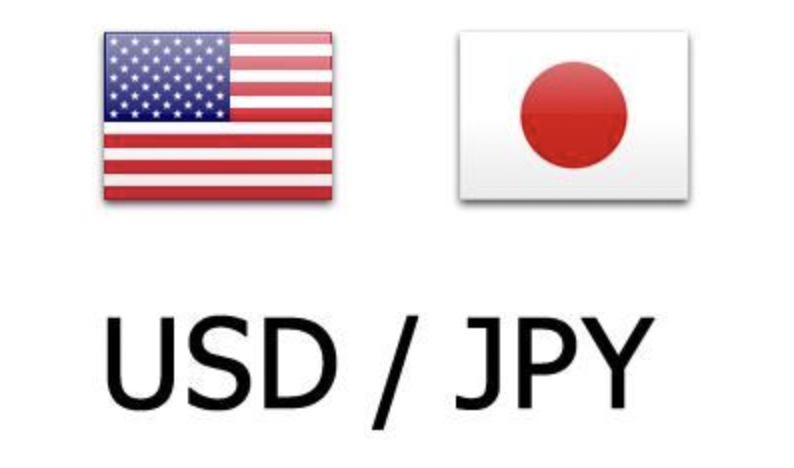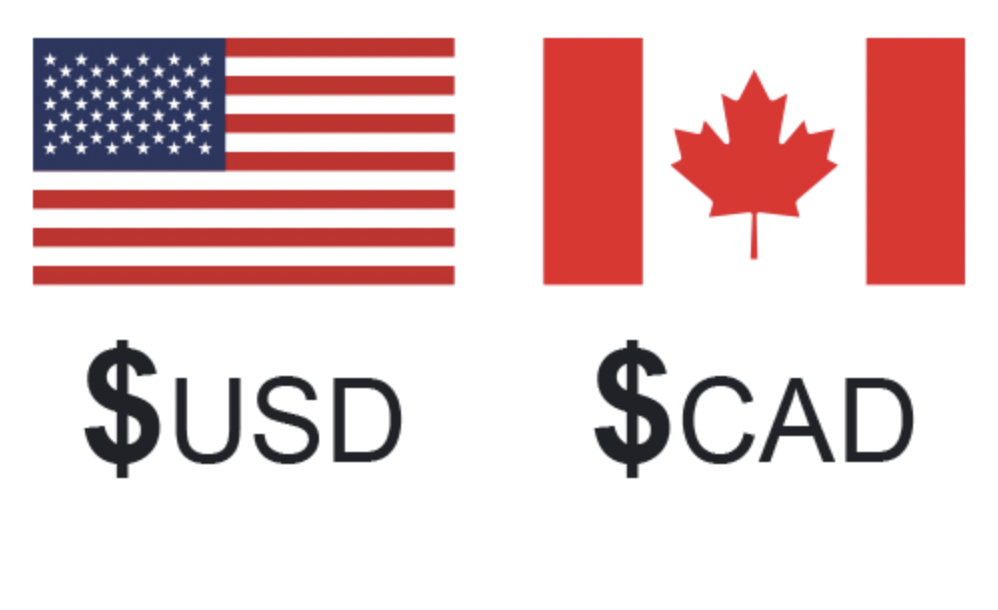
Daniel Rogers
Oct 27, 2022 15:31

After a sharp fluctuation between 1.3533 and 1.3650 during the Tokyo session's late hours, the USD/CAD pair has moved sideways. The asset exhibits a rangebound structure between 1.3545 and 1.3822 in Asia. Prior to the release of crucial US statistics, it is anticipated that the major would remain sluggish.
In the meantime, market sentiment is quite upbeat, and risk-perceived currencies are reveling. The US dollar index (DXY) had a dead cat bounce after reaching a new monthly low of 109.56. While yields on 10-year US Treasuries are remain precarious and hovering around the 4% cushion.
Wednesday, after the Bank of Canada announced its interest rate decision, the Canadian dollar traded between 1.3545 and 1.3582. (BOC). Governor Tiff Macklem of the Bank of Canada (BOC) announced a 50 basis point (bps) rate increase, increasing borrowing rates to 3.75 percent. A smaller-than-expected hike in interest rates has stunned market participants.
In reference to the peak of inflationary pressures, BOC's Macklem remarked that the central bank is still a long way from accomplishing its goal of ensuring inflation is low, stable, and predictable. Concerning the course of policy, the Bank of Canada stated that they are reaching the end of the tightening phase, but are not quite there.
CIBC analysts expected the rate to peak at 4.25 percent despite the "slight softening" in comparison to previous increases.
On the front of the US dollar, it is expected that the US GDP rose by 2.4% in the third quarter, compared to a 0.6% fall. In addition, US Durable Goods Orders are predicted to climb by 0.6% versus a 0.2% decline.
As a result of the depreciation of the DXY and the adoption of sanctions against Russia, the oil price increase has accelerated. Despite the Energy Information Administration's report of an increase in oil stockpiles, the price of crude oil has risen to more than $88, reaching a high of approximately $88.01. (EIA). The oil stocks climbed by 2.588 million barrels for the week ended October 21, compared to the expected increase of 1.02 million barrels.

Oct 27, 2022 15:28
